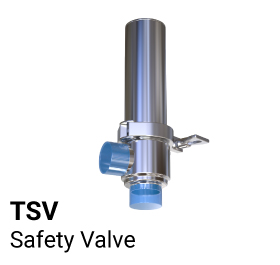VALVES
Valves are essential components in a wide range of industrial applications, serving the critical function of controlling the flow of liquids, gases, and other fluids. These versatile devices come in various types and sizes to suit specific requirements and are employed in industries such as oil and gas, water treatment, chemical processing, and many others.
Types of Valves:
- Gate Valves: Gate valves are known for their tight sealing and are typically used for fully open or fully closed applications. They are popular in the oil and gas industry for pipeline and isolation purposes.
- Ball Valves: Ball valves use a spherical disc to control the flow of fluids, offering quick and reliable shut-off. They are commonly used in applications requiring frequent operation.
- Check Valves: Check valves allow fluid to flow in one direction only, preventing backflow. They are essential in preventing damage and maintaining system efficiency.
- Butterfly Valves: Butterfly valves use a rotating disc to regulate flow, offering precise control with low-pressure drops. They are widely used in HVAC, water treatment, and industrial processes.
- Diaphragm Valves: Diaphragm valves are ideal for controlling highly corrosive or abrasive fluids, thanks to their tight sealing design. They are common in the pharmaceutical and chemical industries.
Applications:
Valves have diverse applications in various industries, including:
- Oil and Gas: Used in pipelines, refineries, and offshore platforms for fluid control and isolation.
- Water Treatment: Essential for regulating water supply, sewage treatment, and desalination processes.
- Chemical Processing: Utilized to manage the flow of chemicals, acids, and solvents.
- Power Generation: Critical for controlling steam, coolant, and fuel in power plants.
- Pharmaceuticals: Ensuring precise fluid control for pharmaceutical manufacturing.
- Food and Beverage: Employed for handling liquid and gas ingredients in the food industry.
Key Features:
- Material Compatibility: Valves are available in a variety of materials, including stainless steel, cast iron, and plastic, to meet compatibility and corrosion resistance requirements.
- Pressure and Temperature Ratings: Valves are designed to withstand various pressure and temperature conditions, making them suitable for a wide range of applications.
- Size and Configuration: Valves come in various sizes and configurations to accommodate different flow rates and connection types.
- Durability: High-quality construction ensures long-lasting performance, reducing maintenance and replacement costs.
- Safety: Many valves are designed with safety features, such as lockout mechanisms, to prevent accidental operation.



